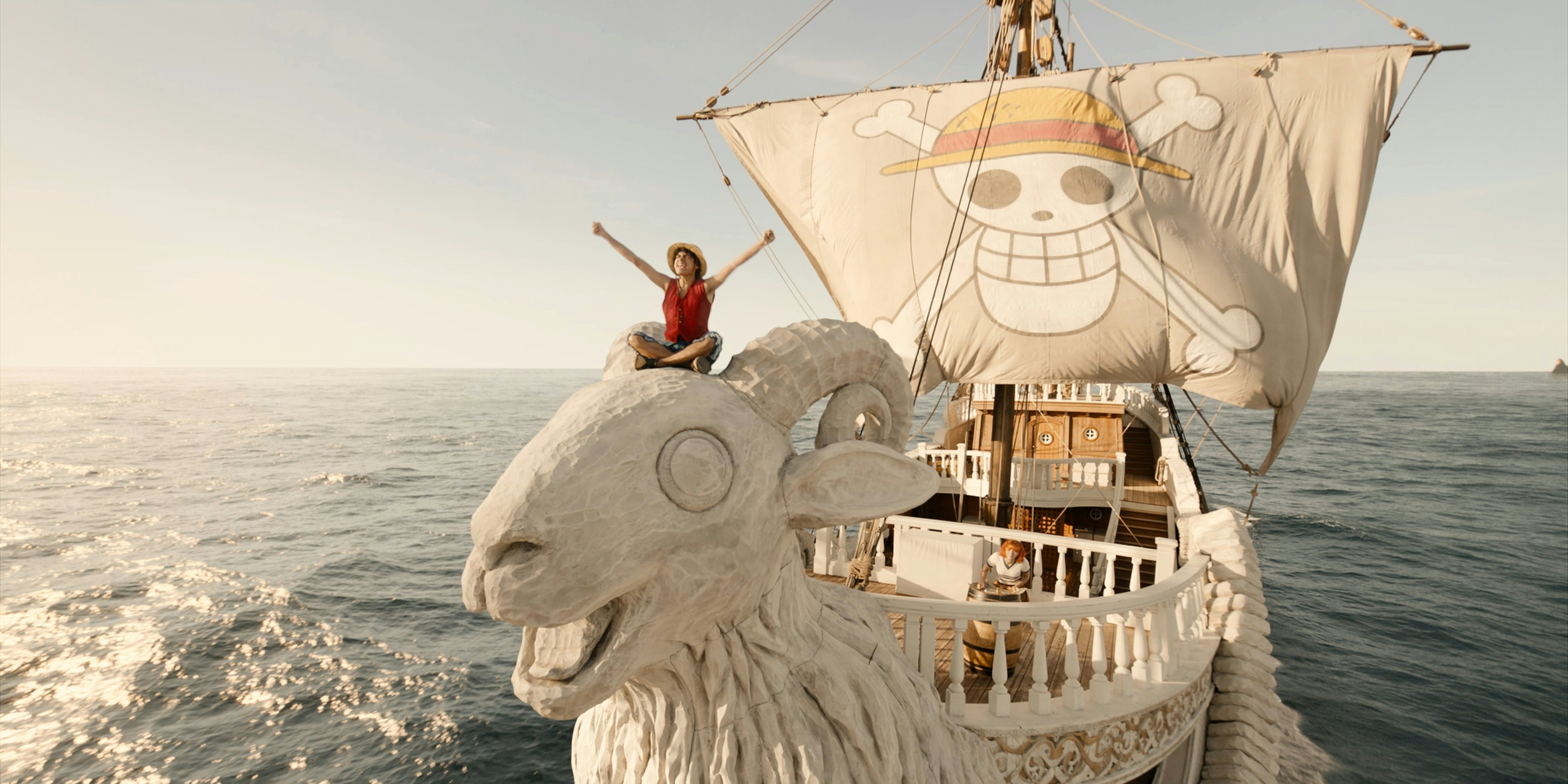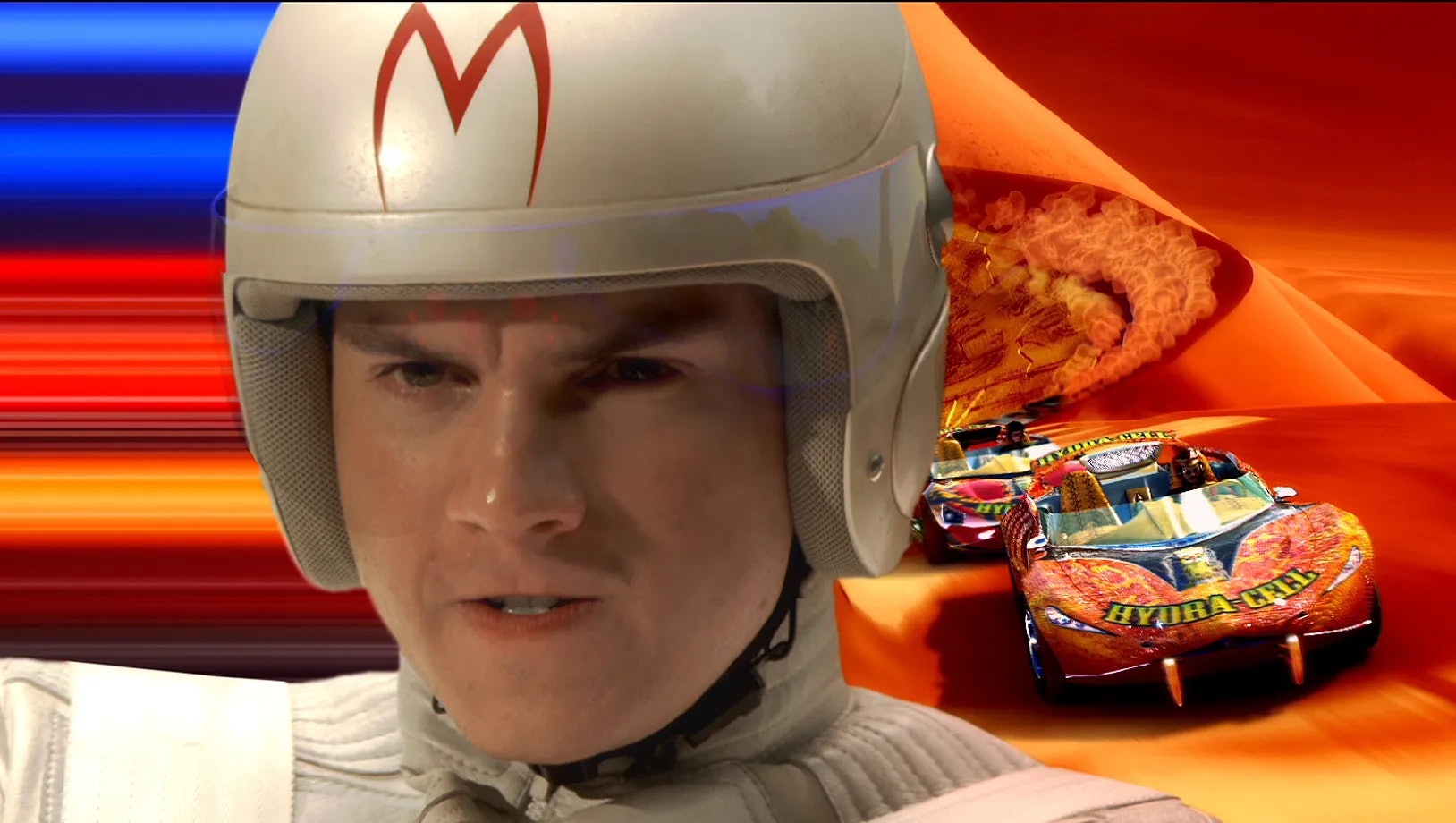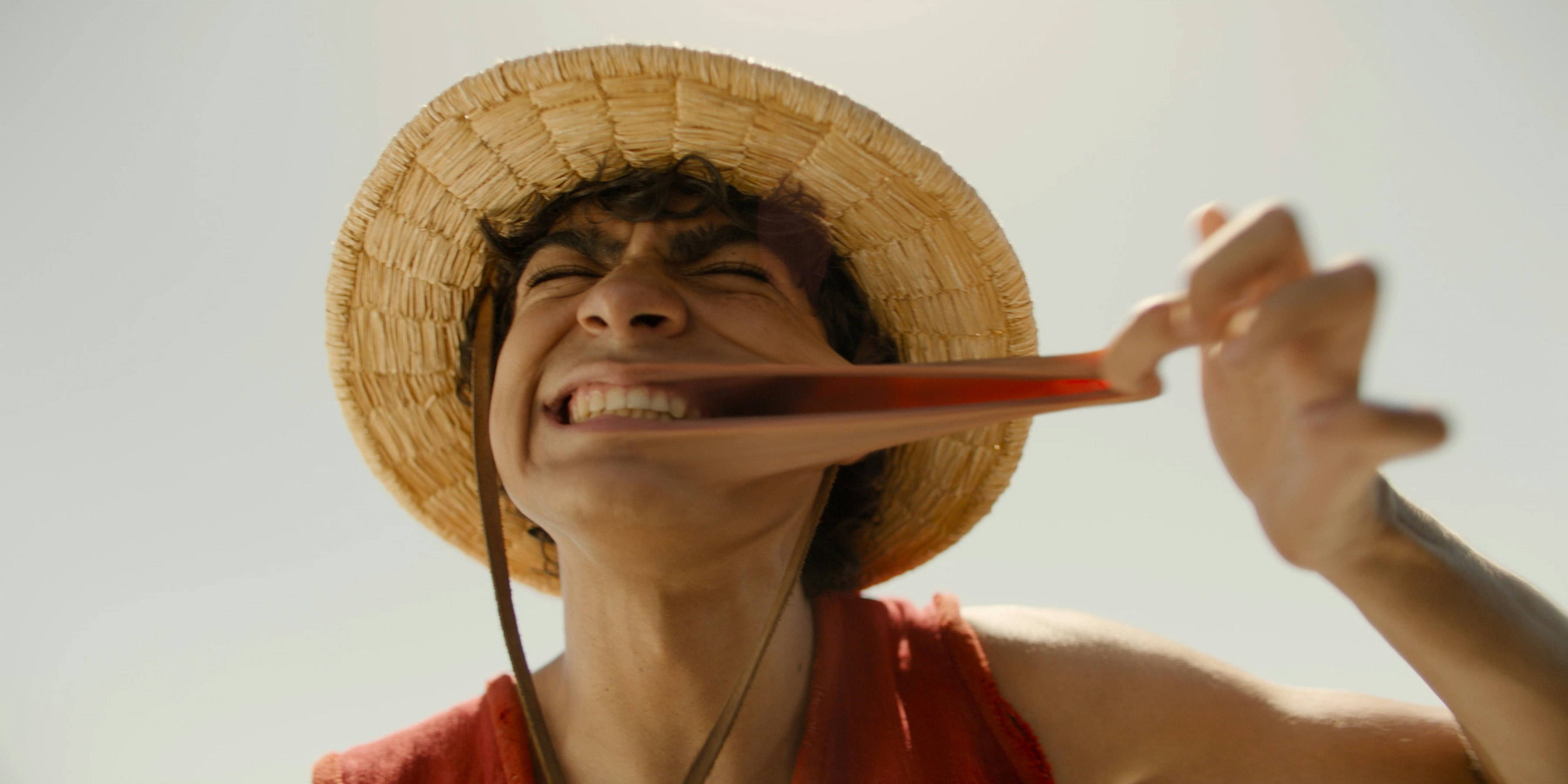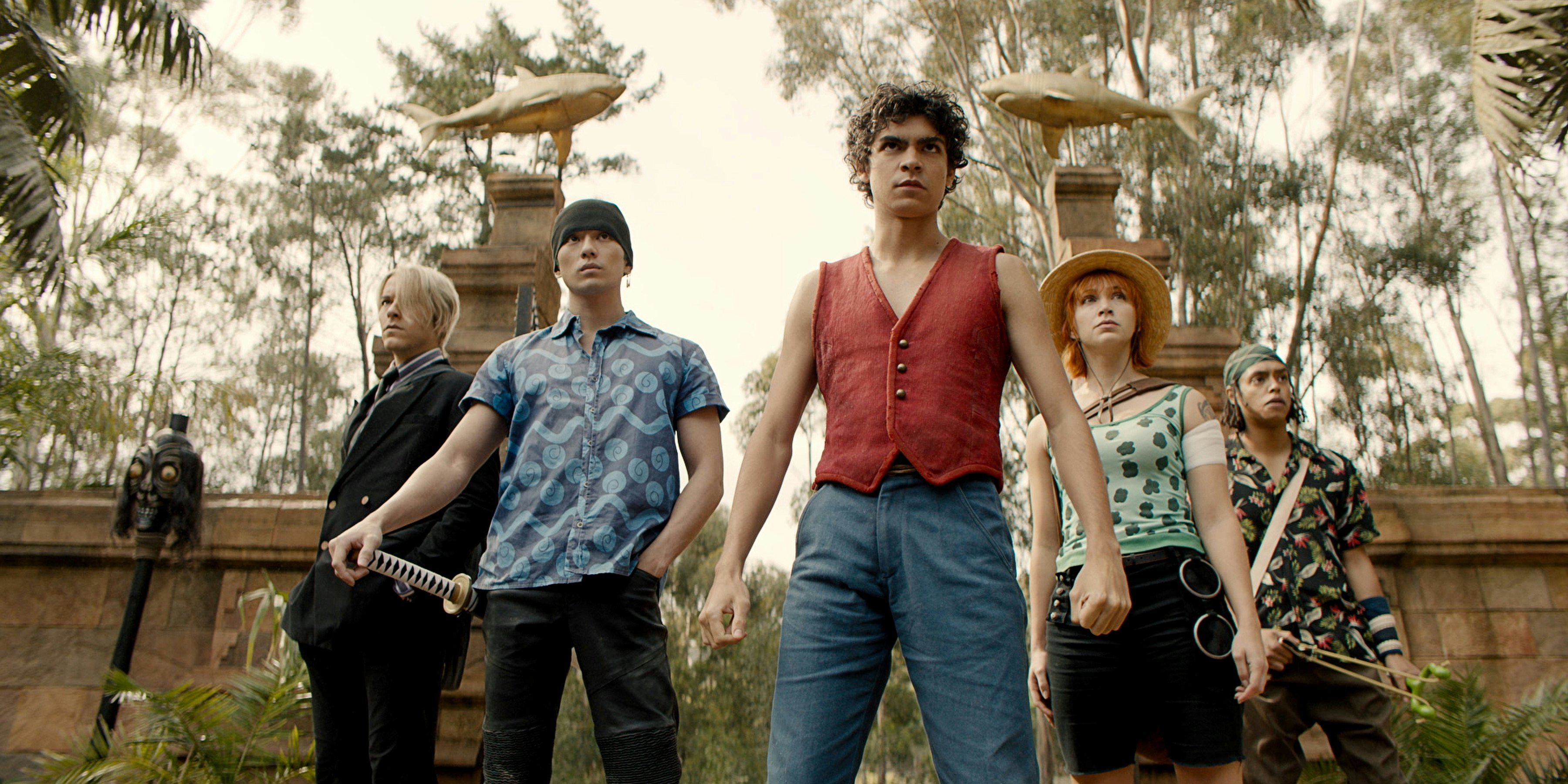
The genre of live-action adaptations of manga or anime often has a reputation of being “cursed.” And there’s a pretty good reason for this — it’s a graveyard of underwhelming projects, ranging from Dragonball Evolution, to Ghost in the Shell, to Death Note, to the recent Cowboy Bebop. Few of them ever manage to live up to their source material, which makes Netflix’s One Piece series seem like a fantastical outlier. It’s not perfect, but it comes the closest to “breaking the curse” of live-action adaptations, mainly due to how much it trusts the energy of what it’s based on.
Adaptation is rarely as simple as transposing something into another medium. The advice of “Just do what they do in the original! It’s so easy!” disregards the fact that mediums are built to take advantage of certain aesthetic and narrative strengths. It’s far more important that an adaptation believes in the efficacy of the source material. It’s why Speed Racer became a cult classic over the years, despite being absolutely overshadowed by more “realistic-looking” blockbusters during the summer of its release like Iron Man and The Dark Knight. It embraced the fact that the logic of its plot, setting, and characters would exist in a kind of hyperreality. It would need to go flashy and big in all of its aspects, or the beloved manga/anime would leave it in the dust.

This refusal to commit to the spirit of the original is something apparent in many anime adaptations, the most notorious of which is, to date, Dragonball Evolution, a film that clearly feels that Dragon Ball’s power as a manga/anime would not work in live action. Dragon Ball is a remarkably simple blend of power fantasy and escapist adventure, and its lead character, Goku, embodies these ethos. The film, transforming Goku into a more angsty teen yearning for a destiny, absconds from the point entirely. A similar inability to replicate the appeal of the original is found in Cowboy Bebop, which layers the anime’s effortless noir cool with desperate character writing, or Death Note (which despite the hole-in-one casting of Willem Dafoe as Ryuk) departs from the pervading horror elements that made its source so gripping.
One Piece, despite some truly lavish sets and stellar production design, never quite manages to harness the anything-goes visual sense as it wrangles with its new live-action format (though that’s expected, as a 1:1 version would create an astronomical budget.) And though the members of the Straw Hat Crew take on familiar roles (with the various relationships between them that we’ve come to expect,) the bouncy vibrancy that they maintain in the anime isn’t as palpable in their repartee here. But it's evident in what it does include and the attention that it does pay to its worldbuilding and romanticized idealism that it understands that One Piece doesn’t cease to work as soon as you move it across mediums.

Instead, from the moment Gol D. Roger sends a crowd into a frenzy over his final announcement that his treasure is out there to be found, you realize that the creators of the show (with a heavy guiding hand from series author Eiichiro Oda) get One Piece. There would be many ways to shy away from the manga and anime’s open-armed devotion to freedom and to the joys of exploring a fantastical world. There are countless opportunities to chip away at the careful balance that Oda has built between the neverending parade of lore and the outlandish circumstances that have created it.
Instead, Netflix’s One Piece imports the values of its source material, asking you to believe in Luffy just as much as he believes in himself. It’s a series full of declarations, both of feeling and ambition, and to remove that might “ground” the show and remove all accusations that it’s too silly or weird. But instead, it’s left intact, allowing its characters to dream as wide as the sea. Anyway, balking at the hopes of the Straw Hat Crew is a job for the villains of the show, not those at its creative helm.

Netflix’s One Piece is different from many live-action adaptations of anime in the past not because it somehow captures the manga in 100% pristine condition. Rather, it’s because it trusts that what the manga insists is powerful and relatable can be conveyed with similar potency in a new medium. It’s what’s kept the manga going strong for over 25 years, and what will hopefully allow this live-action incarnation to get a second season. If you believe in something hard enough, anything is possible.
Even a good anime adaptation.






